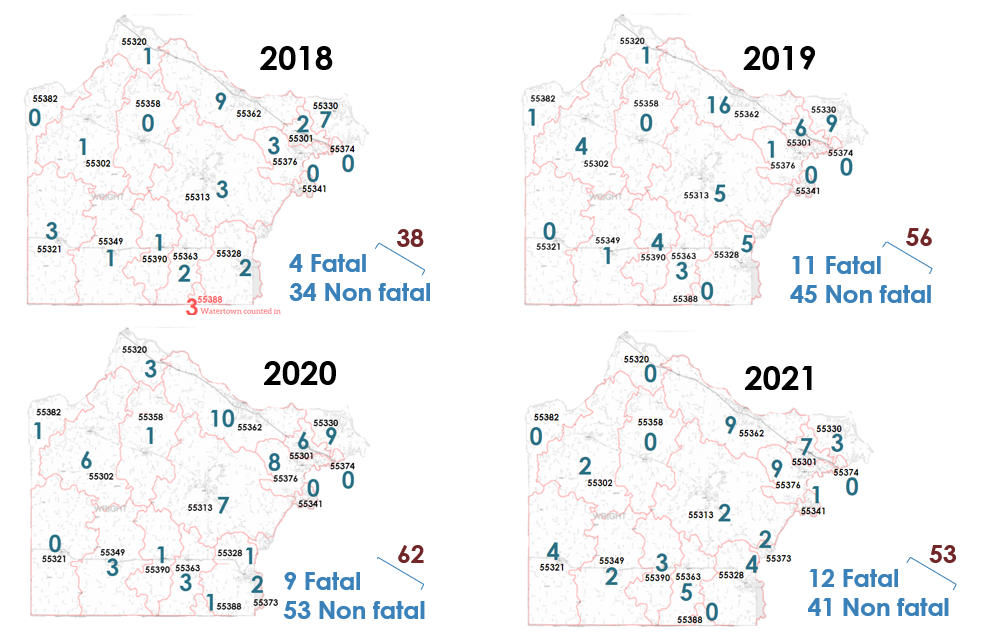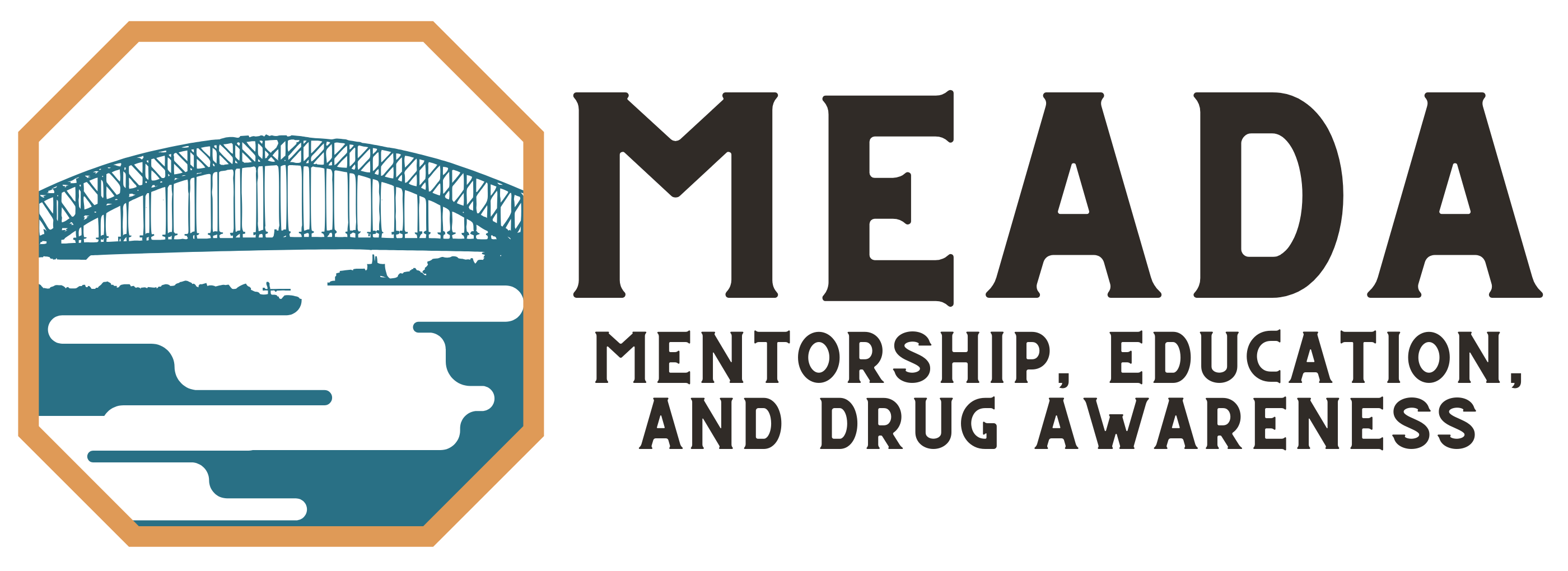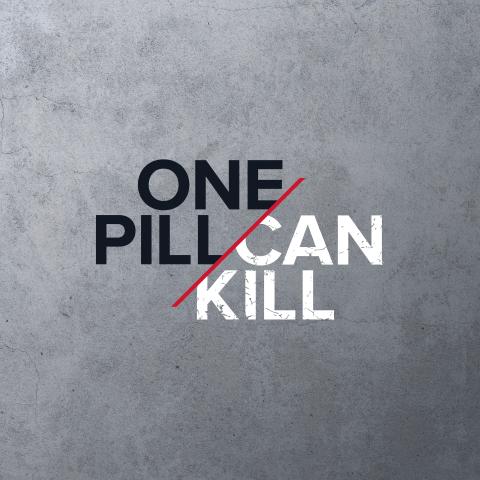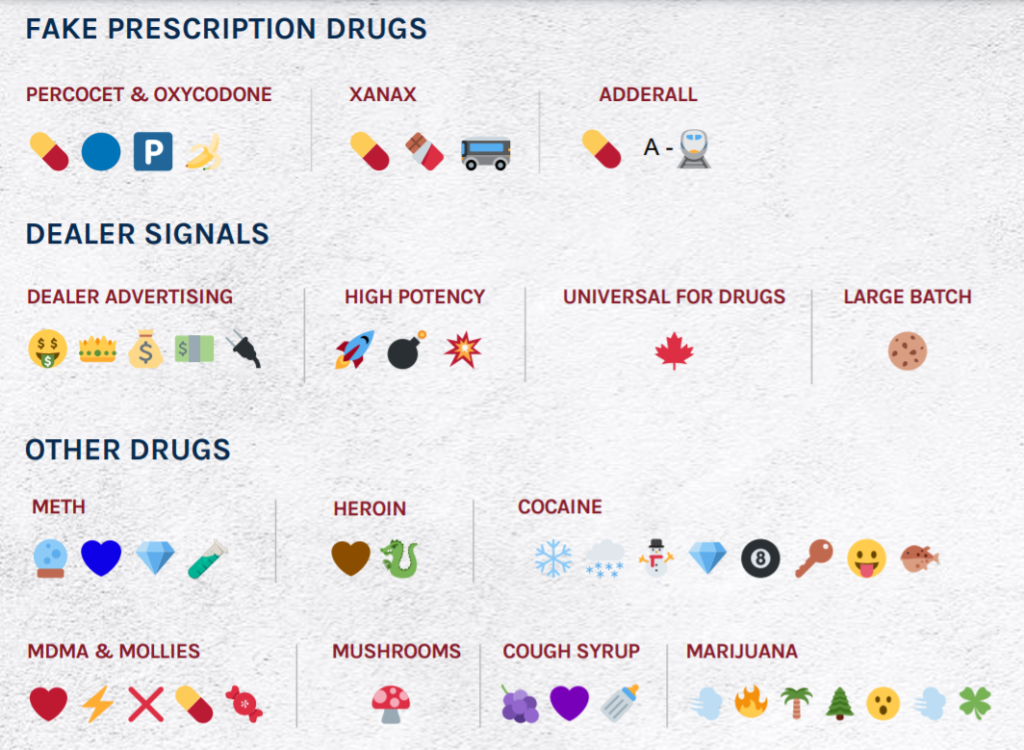OVERVIEW OF SUBSTANCE USE
The term substance use refers to the use of alcohol, prescription medication, illegal drugs, and other substances (inhalants, solvents, etc.). Substance use becomes substance abuse when someone is using a substance in a way that is not intended or recommended or because they are using more than prescribed. Use of any illegal drug is substance abuse.
These substances do more than alter someone’s mood. Abuse harms both the person using and those around them. They can cloud judgement, distort perceptions, and alter reaction times. This leads to a high risk of accident and injury.
When it comes to illegal substances, society has determined that they are harmful enough to make laws about their use. This both protects individuals’ health and shields society from costs involved with health care, lost productivity, disease, and other social impacts.
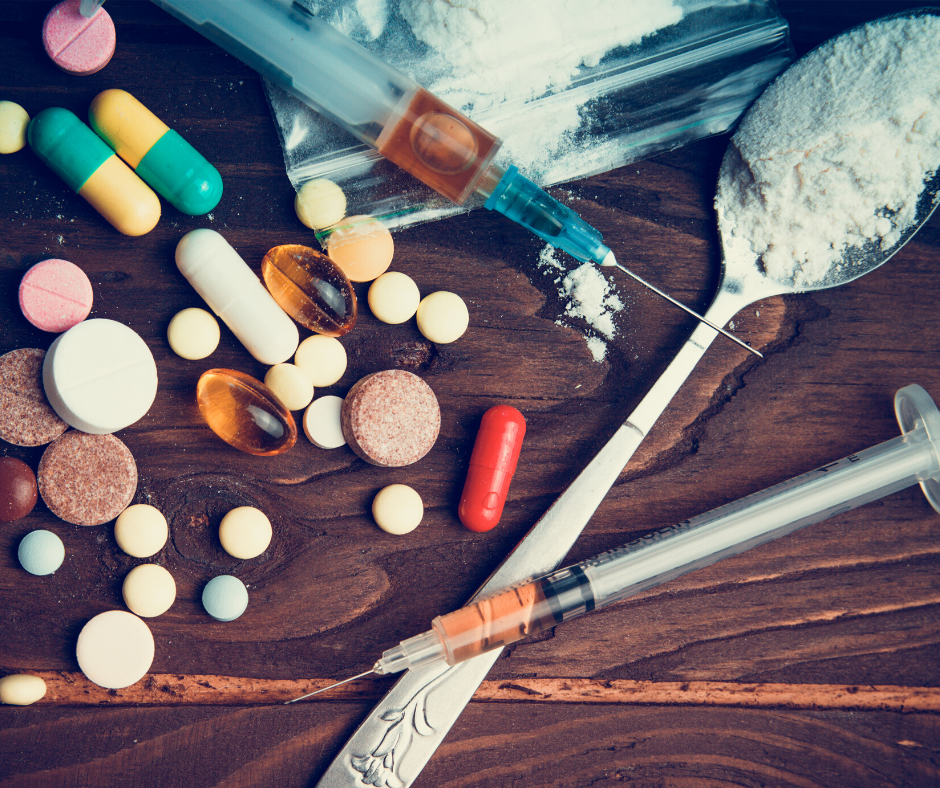
- Alcohol (17.7 million people)
- Marijuana (4.3 million people)
- Pain Relievers (2.06 million people)
- Cocaine (1.12 million people)
- Depressants (.76 million people)
- Heroin (.47million people)
- Hallucinogens (.33 million people)
- Inhalants (.16 million people)
Data from National Institute on Drug Abuse, 2014
Abuse of tobacco, alcohol, and other substances is costly to the United States, resulting in more than $740 billion annually in costs related to health care, crime, and lost productivity at work.
Even though most racial or ethnic minority groups experience similar mental health conditions to white people, people from non-white communities are far less likely to receive care for the treatment of their substance use or mental health conditions.
Similar to members of BIPOC communities, people who identify as lesbian, gay, bisexual, transgender, or questioning (LGBTQ) often face social stigma, discrimination, and other challenges not encountered by people who identify as heterosexual. They also face a greater risk of harassment and violence. As a result of these and other stressors, this population is at increased risk for various behavioral health issues.
Because state and national surveys have only recently started asking questions about sexual orientation and gender identity, it is not yet possible to determine long-term trends regarding substance use prevalence in LGBTQ+ populations. Thus far, these surveys have found a higher rate of substance use and diagnosed substance use disorders in this population. According to the National Survey on Drug Use and Health in 2015, adults who identified as a “sexual minority” (lesbian, gay, or bisexual) were more than twice as likely as heterosexual adults (39.1 percent versus 17.1 percent) to have used any illicit drug in the past year.
Learn more from the National Institute on Drug Abuse or the Substance Use and Mental Health Services Administration (SAMHSA)
Mental health or mental illness are common. In fact, one in four people will develop a mental illness in their lifetime. Most mental illnesses can be treated effectively, however, having a mental health problem or illness can make you more likely to abuse substances, especially if you have certain mental health problems including, depression, anxiety disorders, schizophrenia, or personality disorders. For these reasons, it is important to realize that mental health diagnosis and substance use can go hand in hand and share some underlying causes.
WRIGHT COUNTY OVERDOSE TREND REPORT 2018-2022
The Overdose Detection Mapping Application (OD Map) is a system used by the Wright County Sheriff’s Department that allows for easy tracking of overdose trends and events in Wright County, throughout the state of Minnesota, and across the United States.
When a law enforcement agency responds to an overdose, details from their report are included on the map. This helps law enforcement and public health agencies find patterns in drugs of choice and geographic location, time of day, and day of week trends for overdoses. These agencies can then provide an informed, community-level response to substance use.
